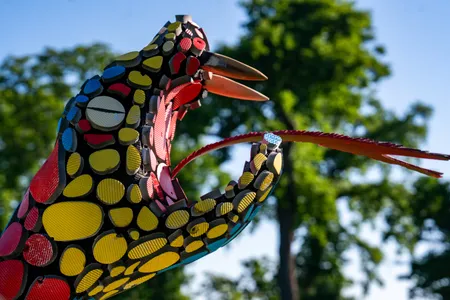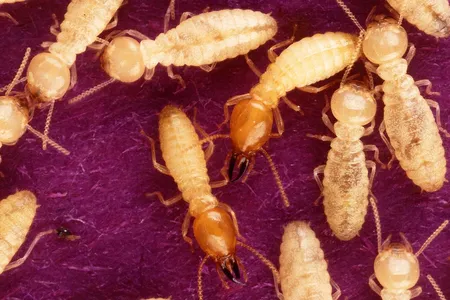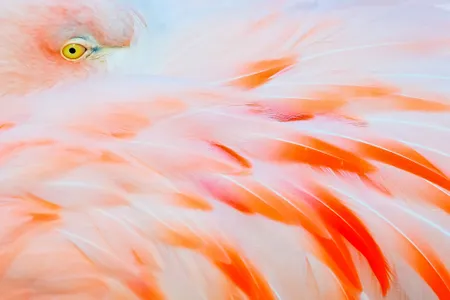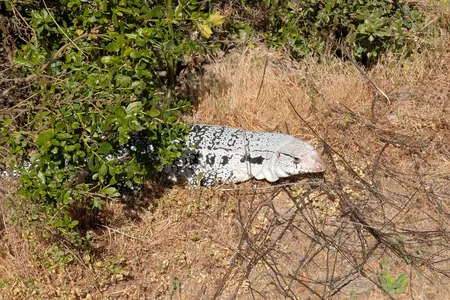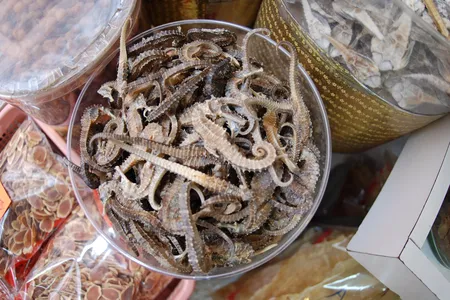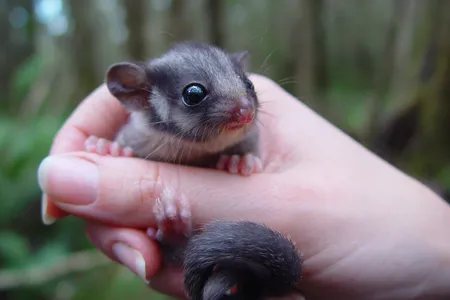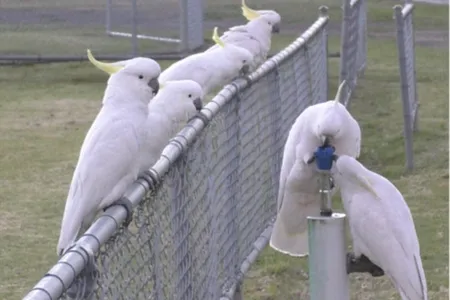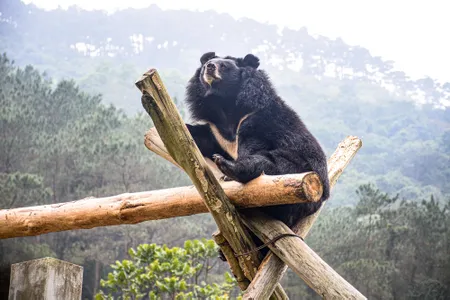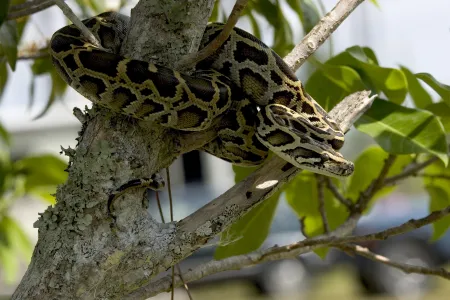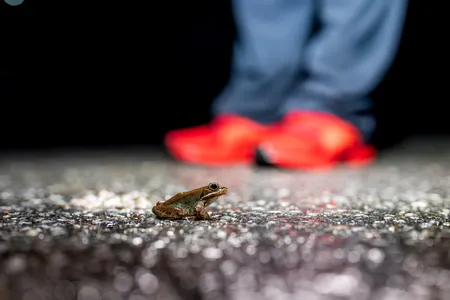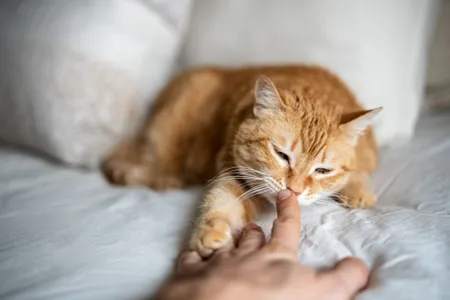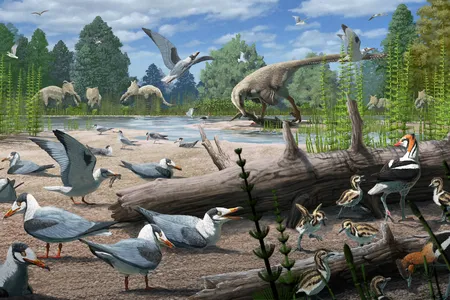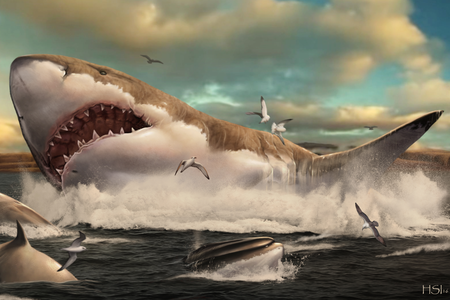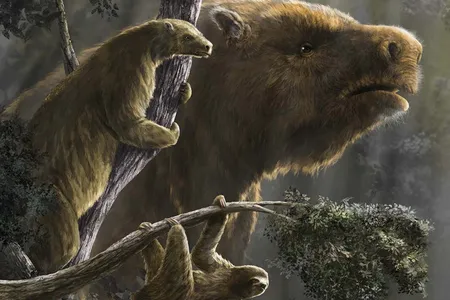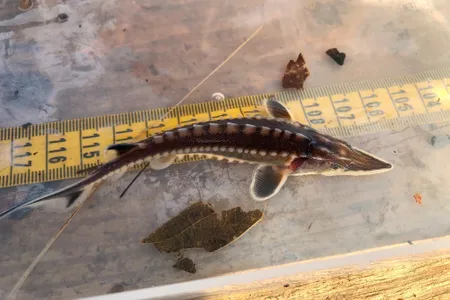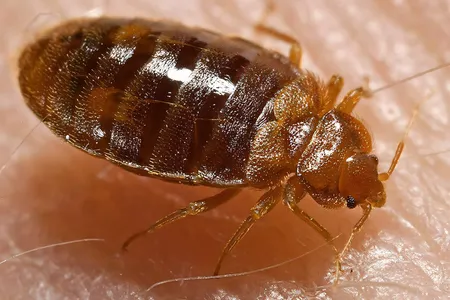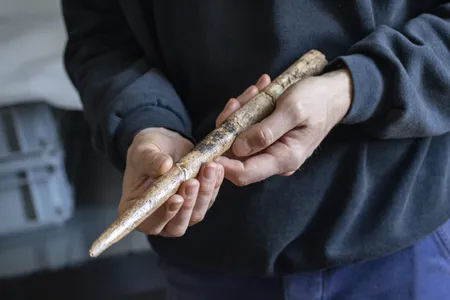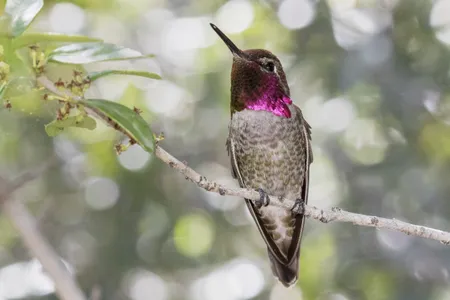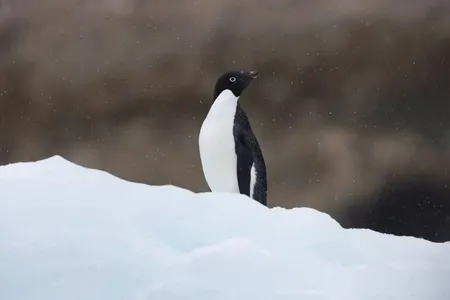What’s Up With These Slithering Snake Sculptures That Appeared in Switzerland?
Millions get bitten by snakes each year, and tens of thousands of those victims die. Now, global health experts are trying to get those numbers down
Two Invasive Termites Are Interbreeding in Florida, Raising Concerns That the Hybrid Pests Could Spread Around the World
Previous research found that Asian and Formosan termites could produce offspring together, and now, scientists have found these creatures established in the wild
Engineers Are Racing to Harness the Dazzling Magic of Feathers. They Haven’t Solved the Mystery Just Yet
The natural marvels, which do everything from enabling acrobatic flight to insulating against Antarctic cold, continue to inspire new designs and technologies
A Large, Invasive Lizard Was Spotted in a California Park
Hikers at Joseph D. Grant County Park, just outside of San Jose, saw an Argentine black and white tegu last week—and rangers are now searching for the out-of-place reptile
Sea Horse Smuggling Is a Big Problem, Despite Global Efforts to Protect These Beloved Aquatic Creatures
Between 2010 and 2021, authorities seized around five million individual sea horses worth more than $21 million
A Tiny Endangered Creature That ‘Moves Like Greased Lightning’ Has Been Found in an Unexpected Place
Trail cameras captured an elusive Leadbeater’s possum in the Australian state of New South Wales, where they were thought to be locally extinct
These Australian Cockatoos Learned to Operate Drinking Fountains With Their Feet to Quench Their Thirst
Birds in Sydney’s western suburbs have figured out how to get a sip from the fountains, even though they have access to nearby streams
These Asian Bears Were Cut Open for Their Bile. Here’s What’s Being Done to Rehabilitate Them
Veterinarians in Vietnam perform surgeries, prepare special diets and craft recovery routines for moon bears to give them a better life
Florida Bobcat Kills 13-Foot Python for the First Time on Record. It’s a Sign of Nature ‘Fighting Back’ Against the Invasive Snakes
Burmese pythons are wreaking havoc on the Everglades ecosystem, but some native animals have been known to prey on the enormous reptiles
Two Wildlife Tunnels Are Saving Thousands of Amphibians From Being Crushed by Cars in Vermont
New research finds a pair of underpasses installed under a road that crosses a migration corridor have led to an 80.2 percent reduction in amphibian deaths
Cats Can Recognize Their Owner’s Scent Compared to a Stranger’s, New Research Suggests
In an experiment, domestic cats spent longer sniffing cotton swabs with the scents of unfamiliar people than swabs with the scent of their owner
Scientists Find the First Evidence of Birds Nesting in the Arctic Alongside Dinosaurs
The researchers analyzed rare fossils of hatchling birds found in northern Alaska, which offered the earliest evidence of the creatures reproducing in a polar region
A Fungal Disease Ravaged North American Bats. Now, Researchers Found a Second Species That Suggests It Could Happen Again
White-nose syndrome caused millions of bat deaths, and scientists are sounding the alarm that a second fungus could be disastrous if it reaches American wildlife
The Fearsome Megalodon Ate Basically Whatever It Wanted to Reach Its Daily 100,000-Calorie Need, Study Suggests
Scientists previously assumed the giant, prehistoric sharks mostly feasted on whales, but it turns out they probably weren’t so picky
Giant Sloths the Size of Elephants Once Walked Along the Ground. Here’s How the Massive Animals Evolved and Declined
Researchers analyzed fossils and DNA to get a big-picture view of sloth evolution and determine what drove their immense size variation
Once in Dire Straits, Atlantic Sturgeon Are Staging a Comeback on the East Coast
From Maine to Florida, the endangered, prehistoric fish is rebounding, but a recent study shows just how vulnerable the U.S. population remains
Bedbugs Could Have Been the First Urban Pest to Plague Human Cities, New Study Suggests
Scientists examined the genomes of two bedbug lineages to trace how their population sizes have changed over time
Scientists Discover the Oldest Known Tools Made From Whale Bones, Crafted in Western Europe 20,000 Years Ago
Stone Age humans scavenged the skeletons of several whale species along the Bay of Biscay in what is now southwestern France and northern Spain, according to a new study
California’s Hummingbirds Have Changed Their Beaks in Response to Backyard Feeders, Study Finds
With plenty of artificial nectar available, Anna’s hummingbirds have expanded their range northward and their beaks have tended to become longer and larger
Penguin Poop Helps Drive Cloud Formation Over Antarctica, According to a New Study
The ammonia from Adélie penguin guano reacts with sulfur-containing gases in the atmosphere to aid in forming clouds, which scientists say may be significant to regulating the climate
Page 4 of 206
